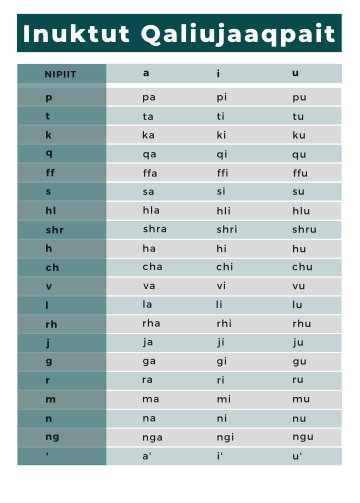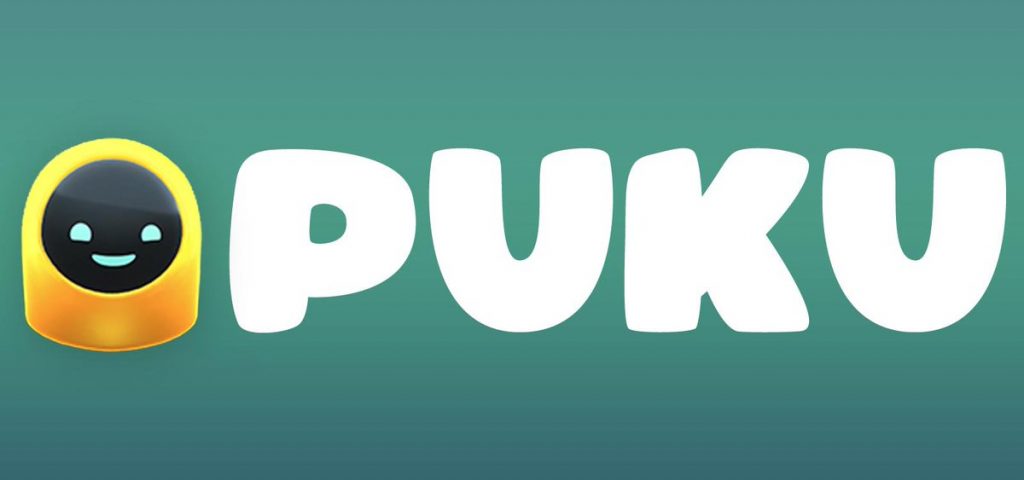It has only been in the last decade or so that dyslexia
has been recognized as a legitimate issue. In the past, dyslexia has been
ignored, discounted, or morphed to fit under existing learning disabilities.
With further research and clear evidence, it’s becoming not only recognized and
understood but finally addressed in education. The movement is slow but
powerful. States are beginning to compile handbooks, create mandates, and
establish laws addressing dyslexia in education.
As state mandates have come through requiring schools to
identify students with dyslexia, educators have quickly realized that the
mandates didn’t necessarily come with an instruction manual on how to support
students once they were identified. If a student exhibits signs of having
dyslexia, the educator’s role is to encourage parents to get a doctor’s
diagnosis. If a diagnosis comes through positive, it’s an educator’s job to
support this student through their journey, whether the educator is ready or
not.
Though the definition of dyslexia is clearer than ever,
there are still lingering fears to address. Individuals coping with dyslexia
need help to overcome their fear of speaking about their struggles so educators
can provide them with the help they need. Educators, in turn, need knowledge
and resources so they can help their students with dyslexia, rather than being
afraid of what a positive diagnosis might require of them. Here are a few ways that
educators, students, and parents can change their mindsets about dyslexia so
that, together, they can confront it fearlessly.
Shifting Students’ Mindsets
Our society
tends to connect intelligence with the ability to read and write. Research is clear, however, that intelligence is not
necessarily an indicator of reading success and that individuals with dyslexia
are usually of average or above average intelligence. When I tell educators
that research shows one in five of their students has dyslexia, it blows their
minds. Then I remind them that those are only the students who have been
identified and reported. A common danger for students who’ve gotten through
school undiagnosed is developing the belief that their reading and writing
challenges are tied to their intelligence and talents rather than the fact that
they have a learning disability.
Whether they’re
simply unaware or afraid to confront the reality of their situation, students
can lose the motivation to learn. Once a student is aware, it’s no longer a
question of whether they’re bright or capable—it’s a matter of accepting their
learning disability and knowing their brains are just wired differently. That mindset
alone changes a learner’s experience.
It’s never too
late for individuals who think they might have dyslexia to improve their
reading skills. Older students and even adults can still get the instruction
they need to achieve progress. Those who’ve dealt with their dyslexia and have
identified strengths have learned to think outside the box when it comes to
problem-solving. Identifying strengths and taking on challenges can land them
in a place where they excel and exceed expectations because of the human
ability to overcome. There’s beauty in gaining powerful assets that they might
not have otherwise, but it’s still vital for them to know that what they’re
dealing with is not tied to their intelligence or talent.
Helping Teachers See the Value of the
Struggle
Two items are
generally correlated with motivation: self-efficacy and the notion of perceived
difficulty. If something seems overly complex and people don’t feel confident
in their ability to handle it, we tend to disengage with it completely. Individuals
with dyslexia tend to shut down when they encounter reading assignments, and
yet they encounter them every day in school.
These fears are
the same for teachers. A teacher might recognize some characteristics of
dyslexia in a student, but then what? If a teacher isn’t properly trained on
how to support that student, the next steps seem intimidating. If an educator
gets a complex reading program or a 70-page dyslexia handbook that is
confusing, their motivation is going to be slim to none.
The other side
of motivation is seeing the value of the struggle. Identifying and supporting
students with dyslexia requires research, patience, and persistence—but it’s
worth it. It’s important for these students to get the help they need so they
know they’re not alone, that they have the ability to improve, and that they
don’t reach adulthood not knowing how to effectively read.
Building Communities of Action
Fortunately,
organizations like the International Dyslexia Association (IDA) and Decoding
Dyslexia offer a wealth
of scientific information and are working to break their resources down into
bite-sized, digestible pieces. In many states, IDA and Decoding Dyslexia also provide
a supportive community where educators can find information and meet people
with shared experiences who can support them on their journey and help them
feel less alone.
It’s easy for
dyslexia professionals to preach the science behind the effects of dyslexia,
but educators ultimately need action items. Students with dyslexia have problems
with decoding, which can only be addressed through phonics-based instruction. A
wealth of research shows that if students are taught how to
read with Structured Literacy, which includes a multisensory, phonics-based
approach that’s explicit, systematic, and sequential, they can improve their
decoding skills. It doesn’t have to be an overly complex process. Many phonics-based
reading programs, such as Reading Horizons, provide this solution so educators don’t
have to reinvent the wheel.
Opening up the
conversation about dyslexia works wonders. Schools can hold parent nights to
answer questions and bring awareness to family members and educators. School
administrators can connect educators with their IDA branch or create a
collaborative community page where educators and parents can talk to experts
who are knowledgeable about dyslexia. It’s all about creating those supports
for parents and educators so they can provide the best support possible for
their students.
Schools have
been overwhelmed about confronting and supporting dyslexia for a while.
Luckily, the support system and overall awareness is only growing. Finding the
value in taking the responsibility to support students with dyslexia will not
only improve their education, it will improve their lives.
Shantell Berrett is a former English
teacher and tutor for reading, English, and dyslexia. She currently works as the
lead professional development and dyslexia specialist for Reading Horizons as
well as a reading and dyslexia consultant for schools across the nation.
Berrett is a member of Decoding Dyslexia Utah and the International Dyslexia
Association. She can be reached at [email protected].












